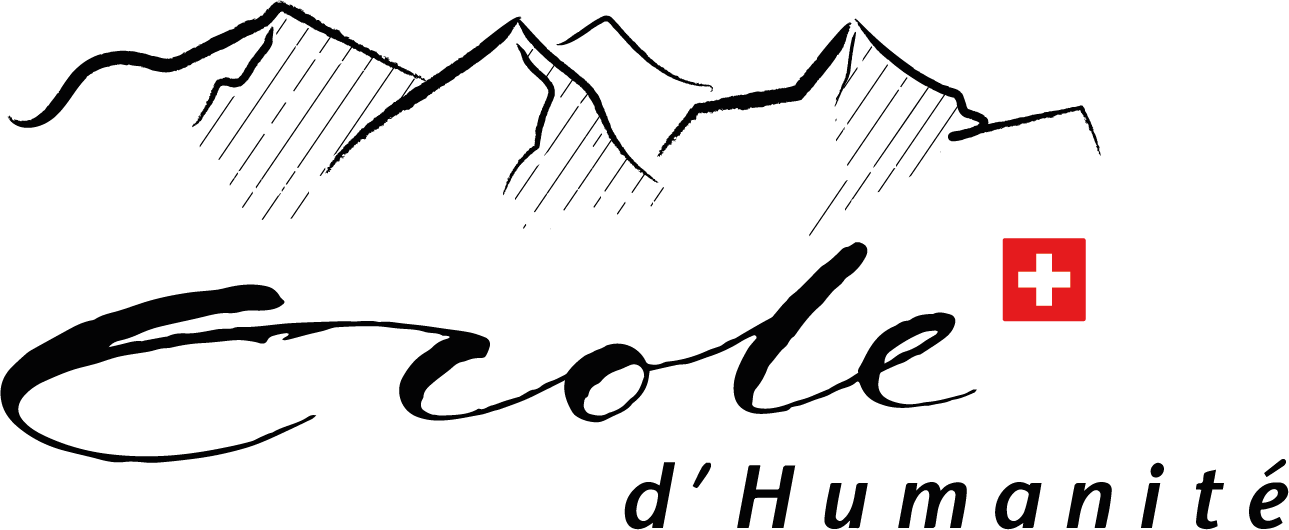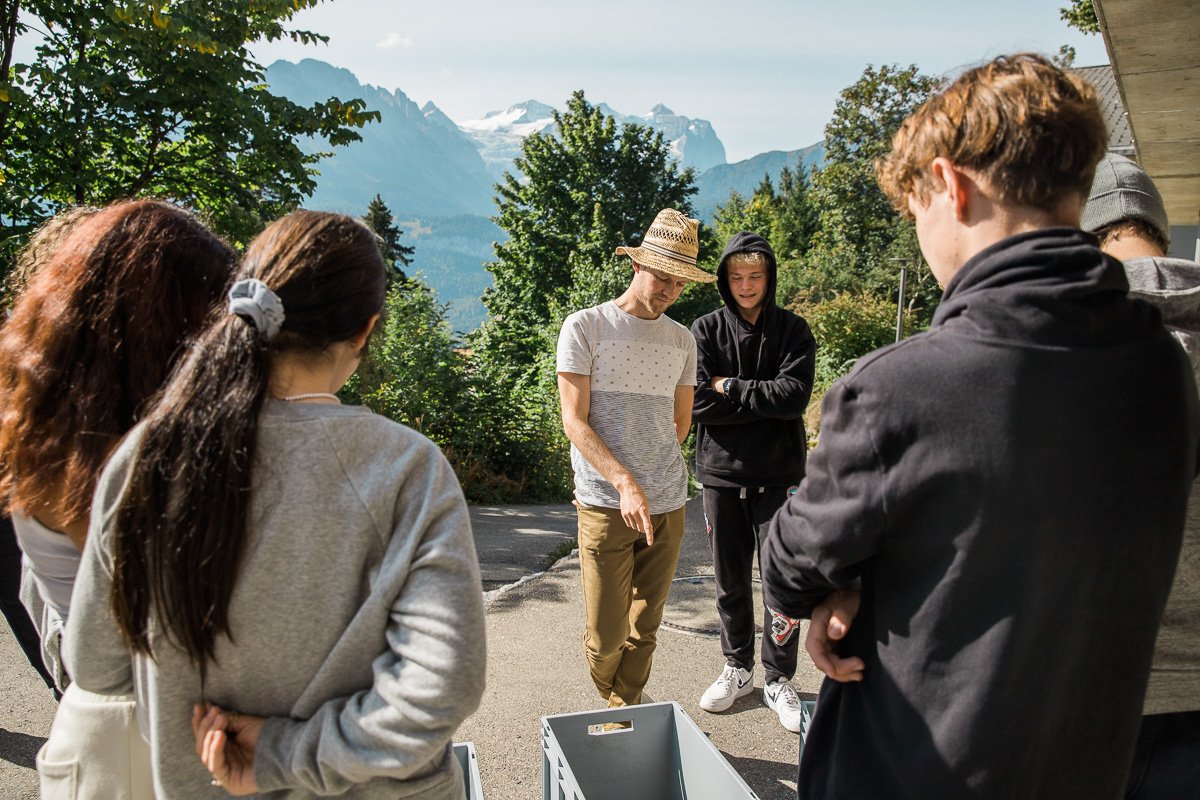The Physics of Dams
This term Johannes Ernst and his students in the Swiss System are taking a deep dive into the study of dams! Using the principles of experiential learning and progressive education, Johannes is leading his class to discover and experience some key concepts of physics.
Through the lens of dams, Johannes is introducing his students to different structures, reinforcements, and how the flow of water determines the size and shape of dams. The class is touching all manner of physics concepts (kinetic energy! water pressure! gravity! forces!) They’re also practicing the scientific method by asking questions, making hypotheses, testing their assumptions, and documenting their work. And they’re doing all this in a way that invites students to experience these concepts first hand, allowing true, deep learning to take place.
Starting with beaver dams, the students are learning about the function and construction of dams. They’re also practicing perspective drawings, modeling a beaver dam, and using illustrations to demonstrate how they work. The class is creating physical models of beaver dams, testing their daming abilities against their rodent counterparts by stressing the structure with flowing water.
As the class progresses, attention will flow toward concrete dams and figuring out how to reinforce the structures with material - clay will stand in for concrete, and sticks for steel!
Later in the term the students will have the opportunity to see dams up close and in real life! They’ll take a couple of excursions to the big construction site of the dams in the Grimsel Pass and marvel at these masterpieces of engineering. They will also learn about the ecological impacts of artificial dams and get an insight into how the hydroelectric companies are addressing sustainable water use and ecological impact of these massive constructions.

